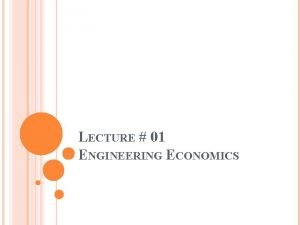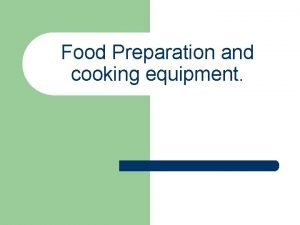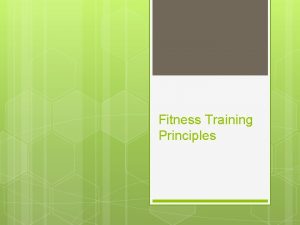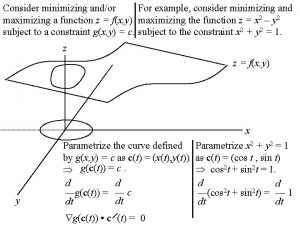TRAINING PRINCIPLES 10 KEY TRAINING PRINCIPLES TO CONSIDER











- Slides: 11

TRAINING PRINCIPLES 10 KEY TRAINING PRINCIPLES TO CONSIDER IN ANY PHYSICAL ACTIVITY PROGRAM

SPECIFICITY • An activity program tailored specifically to the needs and interests of the person. • Can be specifically tailored to the needs of the person or specific demands of a sport or sport position a person plays. • For example: Body building v fat loss. Energy systems, fitness components and muscles used for an ‘onball’ player compared to a full back or Netball Centre compared to Goal Shooter.

INTENSITY • How hard your heart, lungs and muscles work during physical activity. • A specific intensity is required to train particular energy systems, fitness components or muscle groups. • Most health related benefits occur when you are working at least at moderate intensity • Examples of Moderate intensity physical activities: brisk walking, cycling, raking leaves, lifting weights and golfing.

DURATION • Refers to how long an activity lasts. Examples of duration: Ø Length of training program (e. g. 12 weeks pre-season) Ø Minimum time needed to train to achieve a health or fitness benefit (e. g. at least 6 weeks) Ø Length of individual training sessions needed to achieve benefits (e. g. 20 minutes for fitness) Ø How long a bout of exercise is within a training session (e. g. a 10 minute bout of intensity running).

PROGRESSIVE OVERLOAD • Slowly adding more to your training plan • When you start a new exercise activity requiring higher intensity, different fitness components or muscle group, a stress response occurs in your body. • Your body responds and adapts to the new demands and then plateaus (stops improving). • To continue improvement, further stress (progressive overload) needs to be added to the body e. g. higher weight, running 2 minutes longer, higher reps.

DETRAINING • A rapid return to pre-training levels. • Can occur from stopping a training method or stopping training altogether. E. g. due to illness, injury, boredom etc.

FREQUENCY • How often an individual is active. • To improve a fitness component you need to train that component 3 times a week. • Adequate rest between sessions is also required to allow adaptations to occur. • E. g. Resistance training every second day or alternating muscle groups each work out.

MAINTENANCE • Fitness gains can be maintained by training twice a week. • This may include sporting activities. • Adequate rest between activities is still important. • Training twice a week avoids detraining.

INDIVIDUALITY • Everyone responds and adapts differently to exercise and different training methods. • Reasons include: initial fitness levels, interests (likes and dislikes), hormones, genetic factors, motivation, nutritional requirements, recovery and injury

DIMINISHING RETURNS • Each persons potential for improvement in each fitness component is genetically pre-determined • As you get closer to your ultimate potential, the rate at which you can improve slows down. • E. g. a person who is new to training and untrained has a much greater potential to improve compared with an elite athlete who trains daily and is near their maximum potential.

VARIETY • Changing your physical activity plan to keep you interested and motivated. • Possible changes include: Ø Where you work out. Ø Who you work out with. Ø Type of activity e. g. cross training, running, swimming, bike riding, aerobics classes. Ø Duration, intensity and rest intervals.
 Business canvas example
Business canvas example Business model canvas tripadvisor
Business model canvas tripadvisor Monica brewed espresso steamed milk
Monica brewed espresso steamed milk Satan loves to take what's beautiful
Satan loves to take what's beautiful Consider a person standing in a breezy room at 20
Consider a person standing in a breezy room at 20 Consider all relevant criteria
Consider all relevant criteria Gerundio
Gerundio Labour saving equipment in kitchen
Labour saving equipment in kitchen Consider transferring an enormous file of l
Consider transferring an enormous file of l Consider christ
Consider christ Consider all factors
Consider all factors Factors to consider when making an investment
Factors to consider when making an investment




















